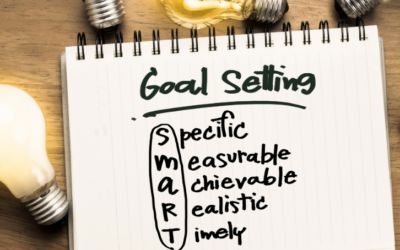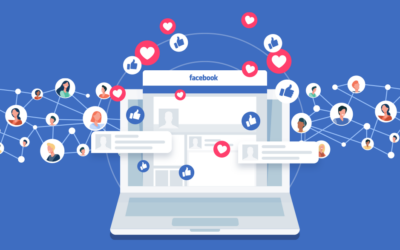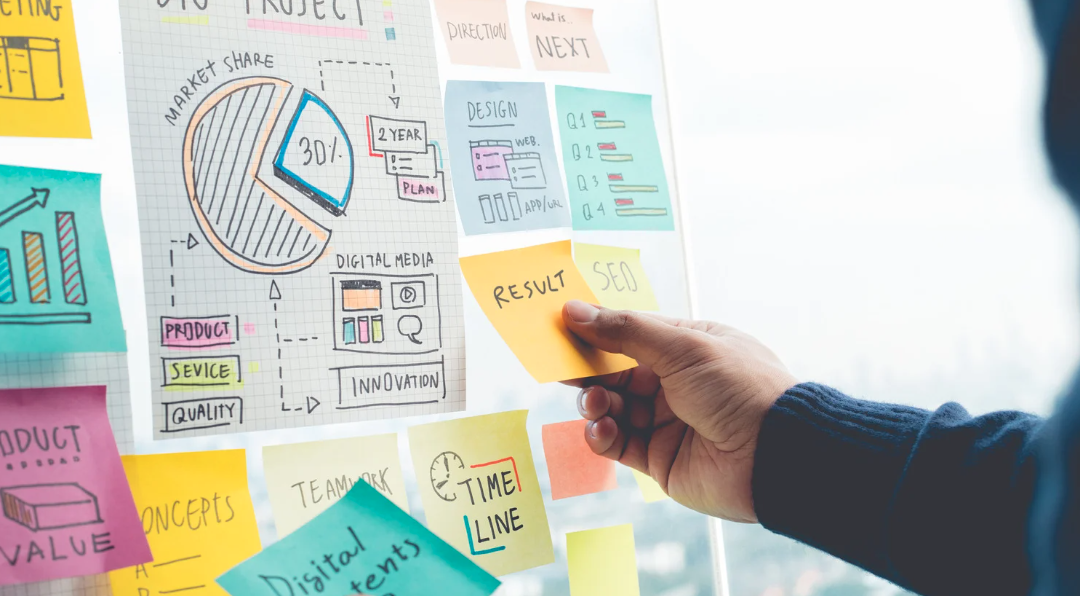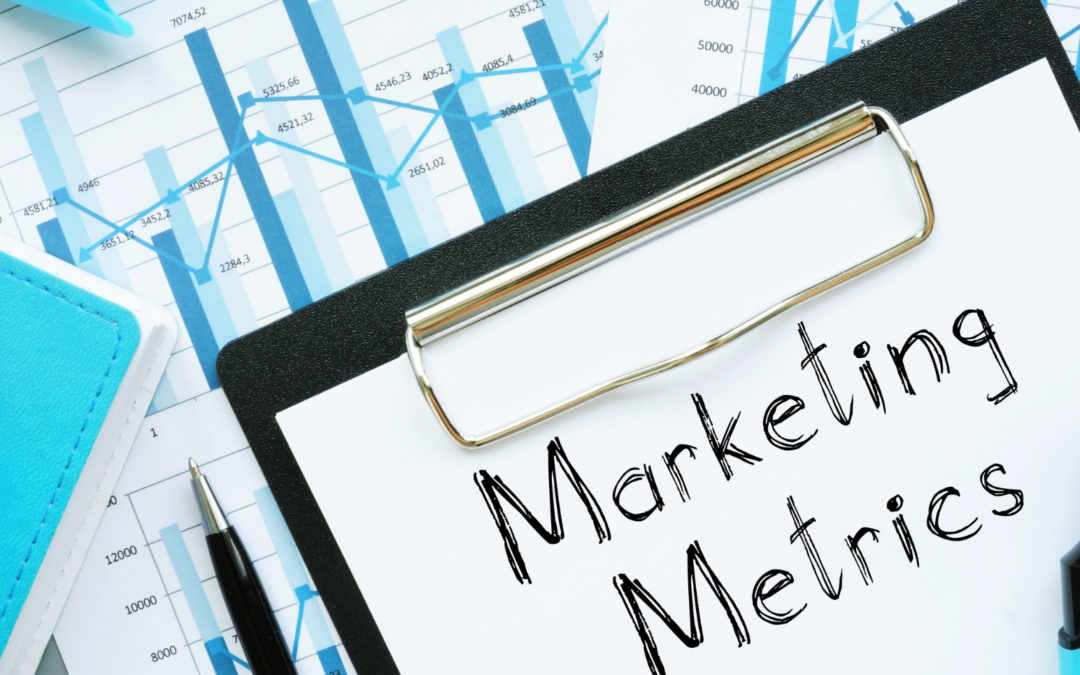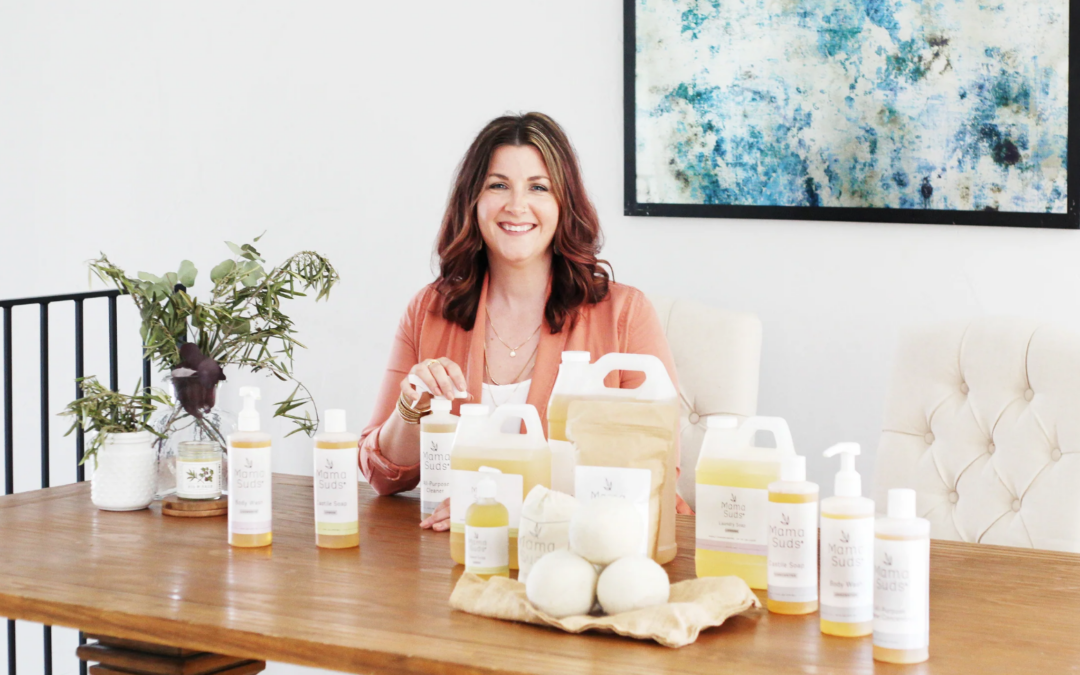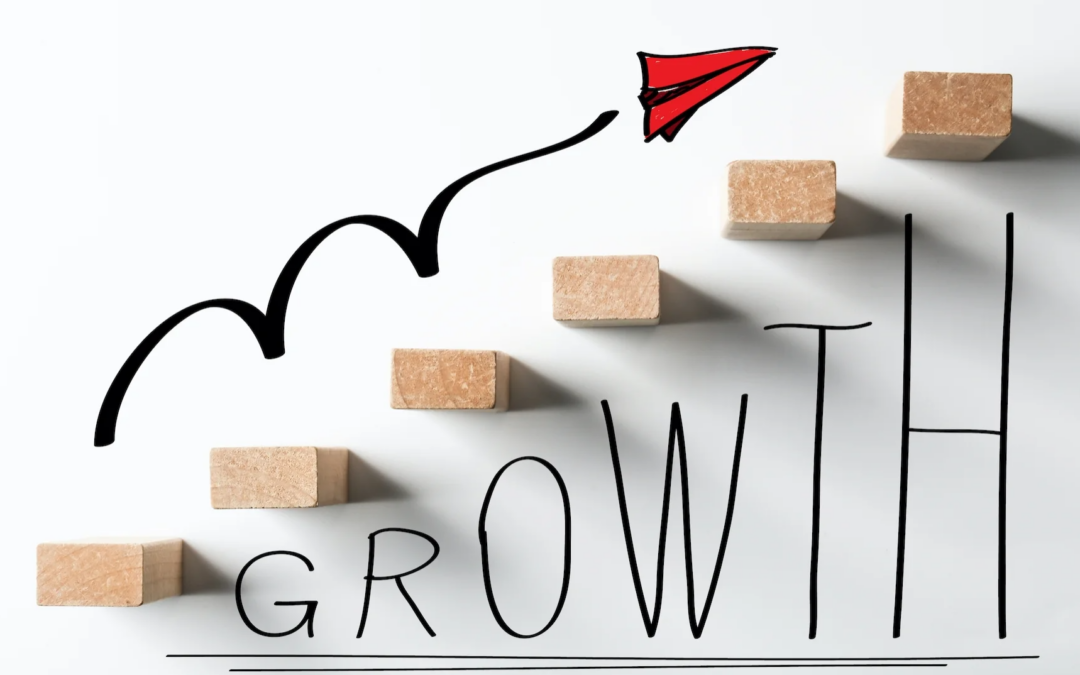
The Formula for Sales Everyday, Episode 231
No time to listen now? We'll send it to your inbox.
No time to listen now? We'll send it to your inbox.
or scroll down to get the highlights

How Charlotte Turned Her Passion into a Growing Business
Six months ago, Charlotte Giffen was frustrated by months trying to get her newish business, Flossie & George, off the ground. She felt like she was all over the place, and she didn’t know what she was doing.
After trying our free training, the Ecommerce Roadmap, Charlotte decided to join the Inner Circle. That was in January. By June 7th, Charlotte slid into our Member’s only group and shared that she had reached a milestone – she was finally getting at least one sale a day.
In this post Charlotte shares which training she used to get momentum, her strategy for applying the lessons, and how much time she spends working on the program.
She gave us an update on her results. You’ll be shocked to hear what’s happened in the past two months!
The Inspiration Behind Flossie & George
Like many of us, Charlotte’s business was born out of a need she saw in her own life. As a mom of two, she struggled to find high-quality baby clothes that weren’t covered in garish patterns or overly bright colors. She loved those simple, versatile pieces but could never find the right ones.
During a casual conversation with her husband, who owns a sports shop, they realized they might have a solution. He suggested they explore suppliers he was already working with. Charlotte bought an embroidery machine, and just like that, Flossie and George was born.
Their unique selling point?
Personalization. And the ability to turn around orders quickly. It’s been a little over a year now, and while it started as a way for Charlotte to flex her creative muscle and to be more available to her family, it’s grown into much more.
Lost in the Noise: Navigating the First Year of Business
I don’t have to tell you that the first year of running a business is tough. Charlotte admits that the first eight to ten months felt like she was all over the place. She relied on family and friends for sales, posted and prayed to the Instagram algorithm, and even collaborated with micro-influencers. But despite her efforts, she wasn’t seeing the traction she hoped for.
“I felt like I was just flailing around, chasing my own tail.”
Charlotte invested in influencer partnerships and spent money on platforms like Social Cat, but it wasn’t leading to meaningful traffic or sales. On top of that, she wasn’t emailing her list, which she later realized was a huge missed opportunity.
Finding Direction: How a Community Changed Everything
Charlotte reached a turning point when she joined the Inner Circle. The community provided her with the direction she needed, along with the tools and resources to implement what she learned.
Charlotte credits her fellow members with helping her see the potential of her business and the encouragement to keep going. She also took advantage of our expert coaches to help her form a plan of action for her business.
“The call with [coach] Mel was just so practical and useful. That’s such a lovely resource to be able to draw from, and ultimately why I think the membership itself is so valuable. As well as the Facebook group where you can just ask questions and there’s so many people willing to give an opinion or a bit of support. You don’t feel like you’re on your own.”
Mastering the Marketing Mix
One of the biggest shifts for Charlotte was moving beyond just Instagram and diving into the world of SEO and paid ads. She realized pretty quickly that she needed to drive more traffic to her site, and that social media alone wasn’t going to get her there. Ads Made Easy helped her get her numbers up, and Traffic Bootcamp helped her understand how to drive the right kind of traffic.
She also learned the importance of creating ads that resonate with her audience, and the power of SEO as a long-term strategy.
Consistency was key for Charlotte. By committing to regularly emailing her list and maintaining her ad spend, she started to see a steady increase in sales.
“It’s all about sticking to the plan and not giving up too soon. I’m now at a point where I’m getting a sale a day, and they’re not just from family and friends anymore!”
Her focus on consistency—whether in email marketing, ads, or customer engagement—paid off. “If I don’t email my list, I see my numbers drop. It’s that simple,” she says. And she’s right—email marketing remains one of the most effective tools for driving sales and maintaining a connection with customers.
Test, Learn, and Repeat: The Formula for E-Commerce Success
Charlotte also stresses the importance of experimentation and learning. She spent time tweaking her ad creatives, trying different approaches, and fine-tuning her audience targeting. She found that ads highlighting specific product benefits—like hypoallergenic fabric or a two-way zip—performed better. “Understanding what your audience is looking for and speaking directly to that in your ads can make all the difference,” Charlotte explains.
Retargeting ads and building an email list have been critical for Charlotte in converting website visitors into buyers. She’s also leveraged her email list, using creative, benefit-driven content to engage potential customers and turn them into repeat buyers.
Looking Ahead: From Side Hustle to Full-Time Business
So, what’s next for Charlotte? “By this time next year, I want to have quit my job and be working on Flossie and George full-time,” she says. To do it, she plans to increase organic traffic, reduce her dependency on paid ads, and focus on growing her email list even more. “I’m not planning to lower my ad spend yet, but I want to get more organic sales and improve my profit margins,” she explains.
“I went through this whole thought process of maybe my products aren’t right. Maybe I’m the only person in the world that wants it.
And now I’ve got [positive] reviews coming in, and it’s just so gratifying to see all that hard work paying off when people love the products.
I was flailing before, but now I feel like I have stability and consistency.”
Charlotte’s Top Tips for New E-Commerce Entrepreneurs
Charlotte’s journey is full of valuable lessons for anyone starting or growing their own e-commerce business. Here are her top tips:
- Stick with it: Success doesn’t happen overnight. Be prepared to invest time and effort.
- Be consistent: Whether it’s email marketing or ad campaigns, consistency is key.
- Invest in learning: Don’t be afraid to spend money on courses and resources that can help you grow.
- Leverage community: Find a supportive community where you can learn, share, and grow.
If you’re interested in baby and toddler clothing that’s simple, high-quality, and can be personalized, check out Flossie and George. And if you’re looking for support and resources to grow your own business, consider joining the Inner Circle.
RELATED LINKS:
Join The Inner Circle
https://classroom.thesocialsalesgirls.com/inner-circle-membership
Check out Charlotte’s business
https://flossieandgeorge.co.uk/
Charlotte’s Facebook post: https://www.facebook.com/groups/1044334689012747/search/?q=charlotte%20giffen

